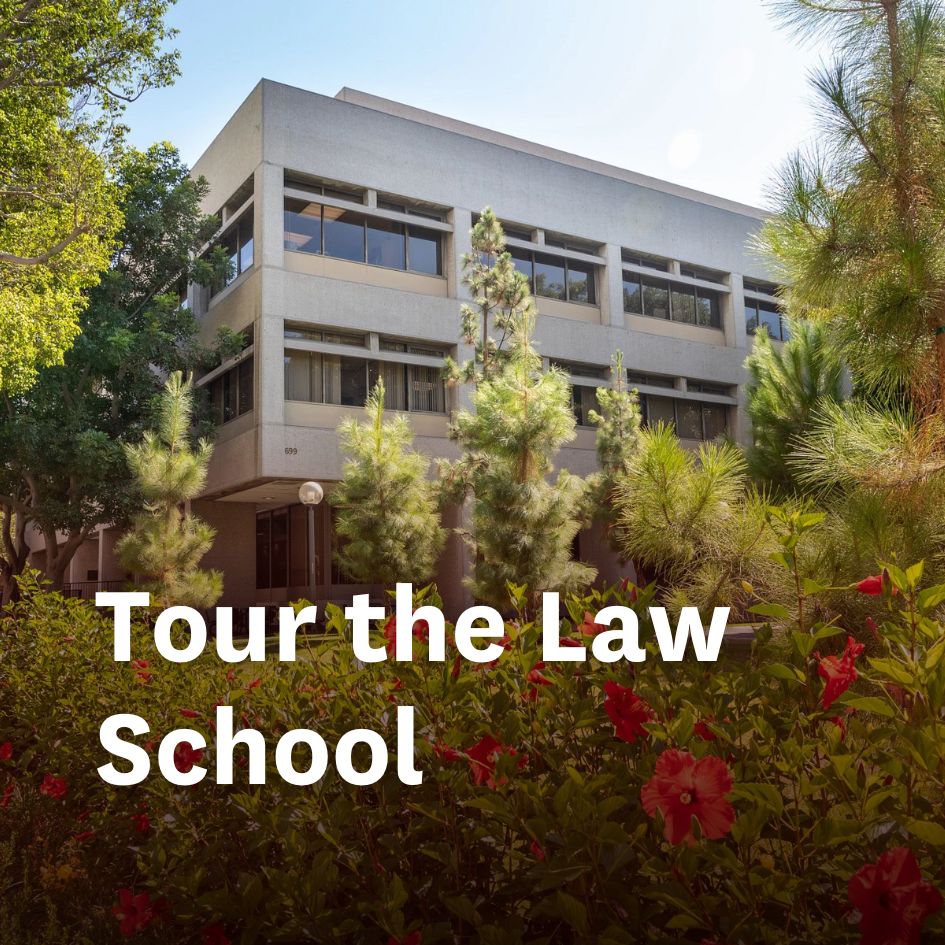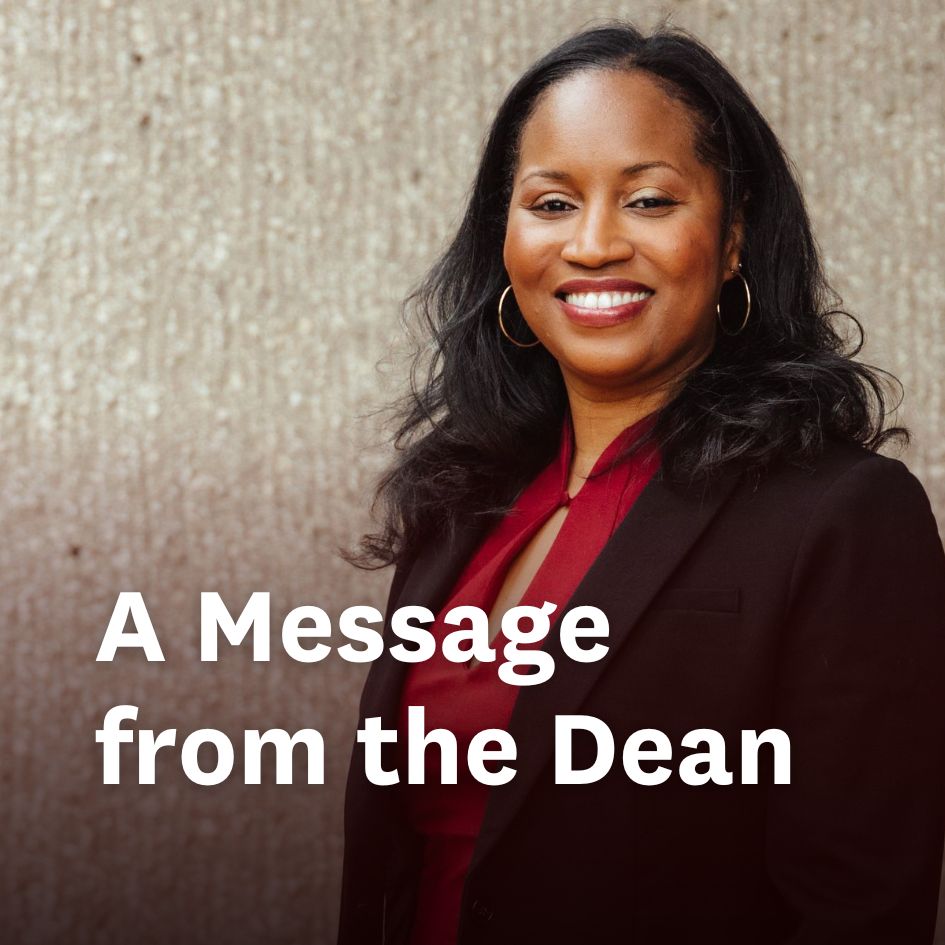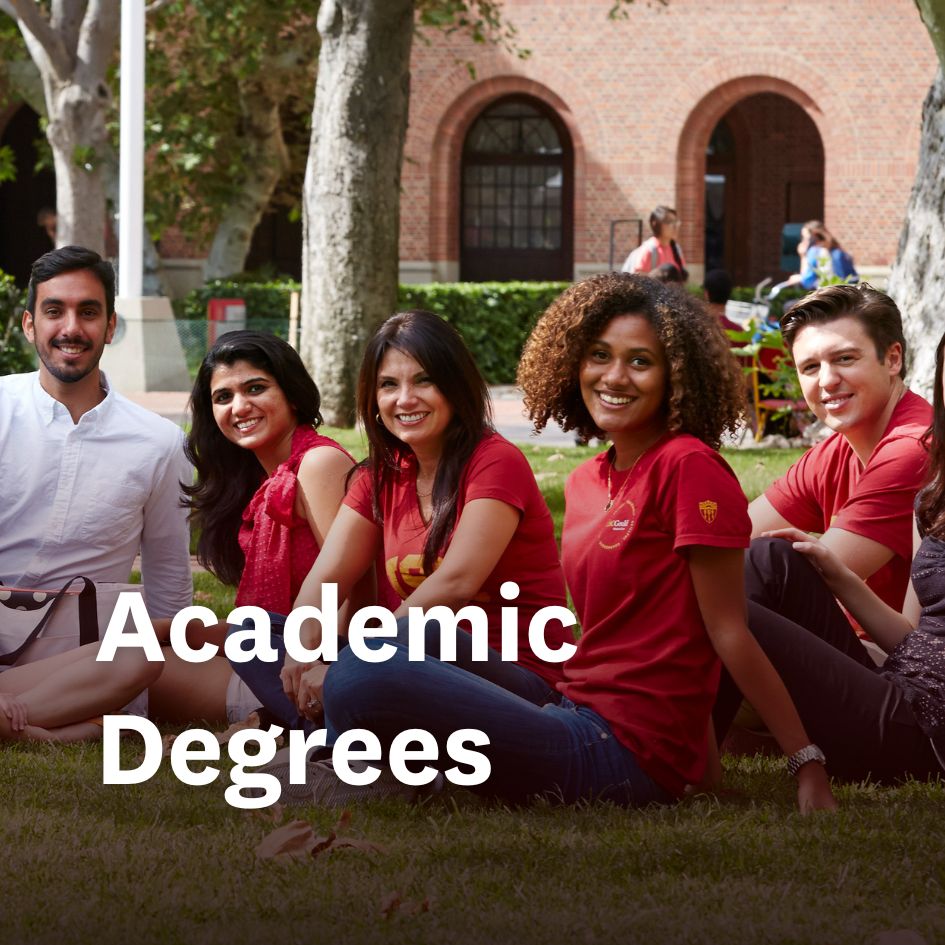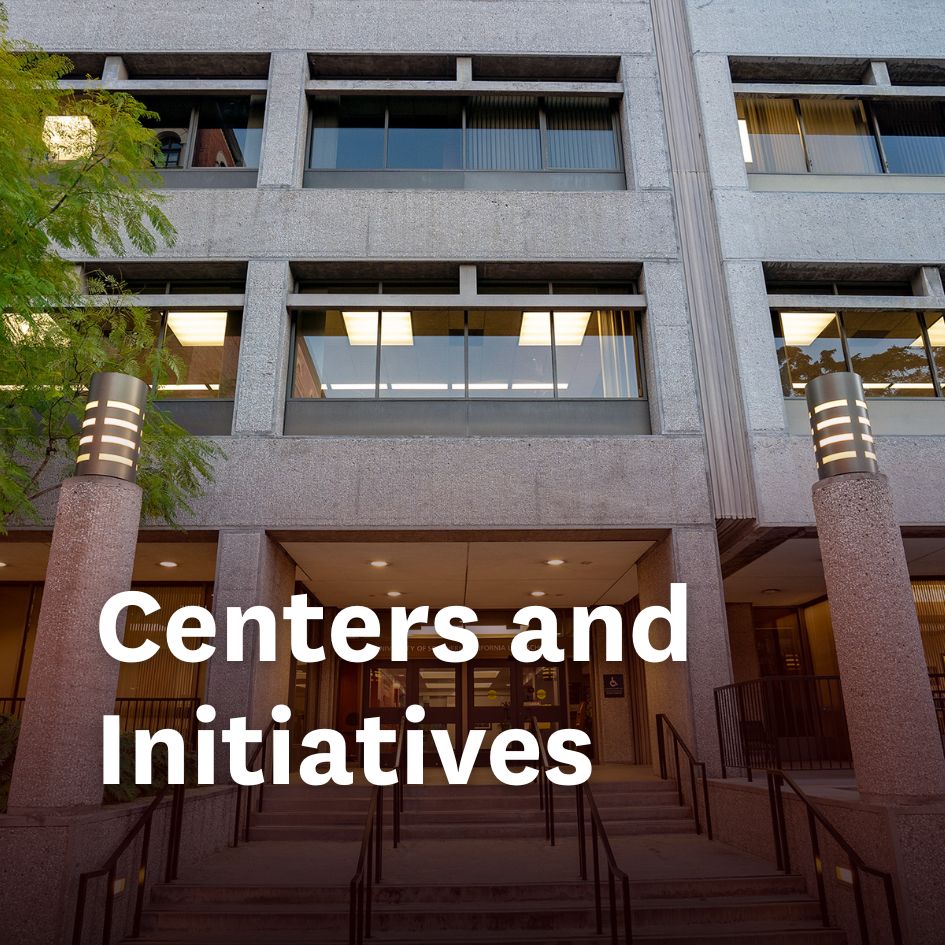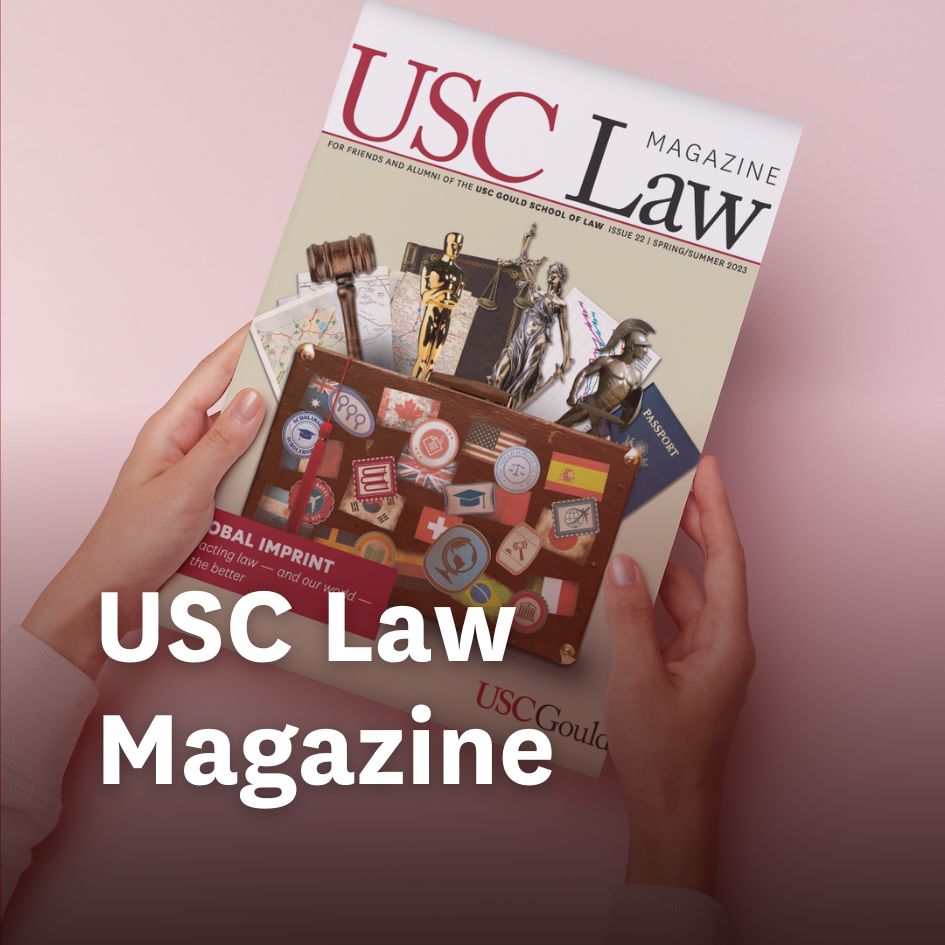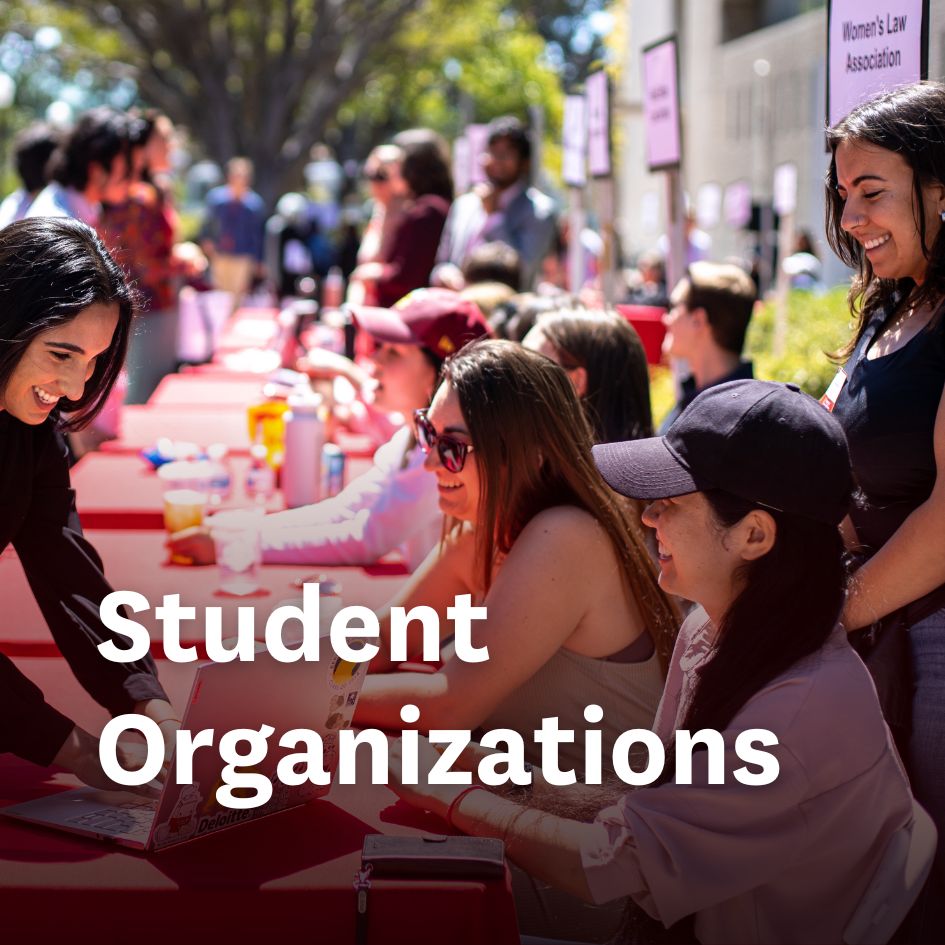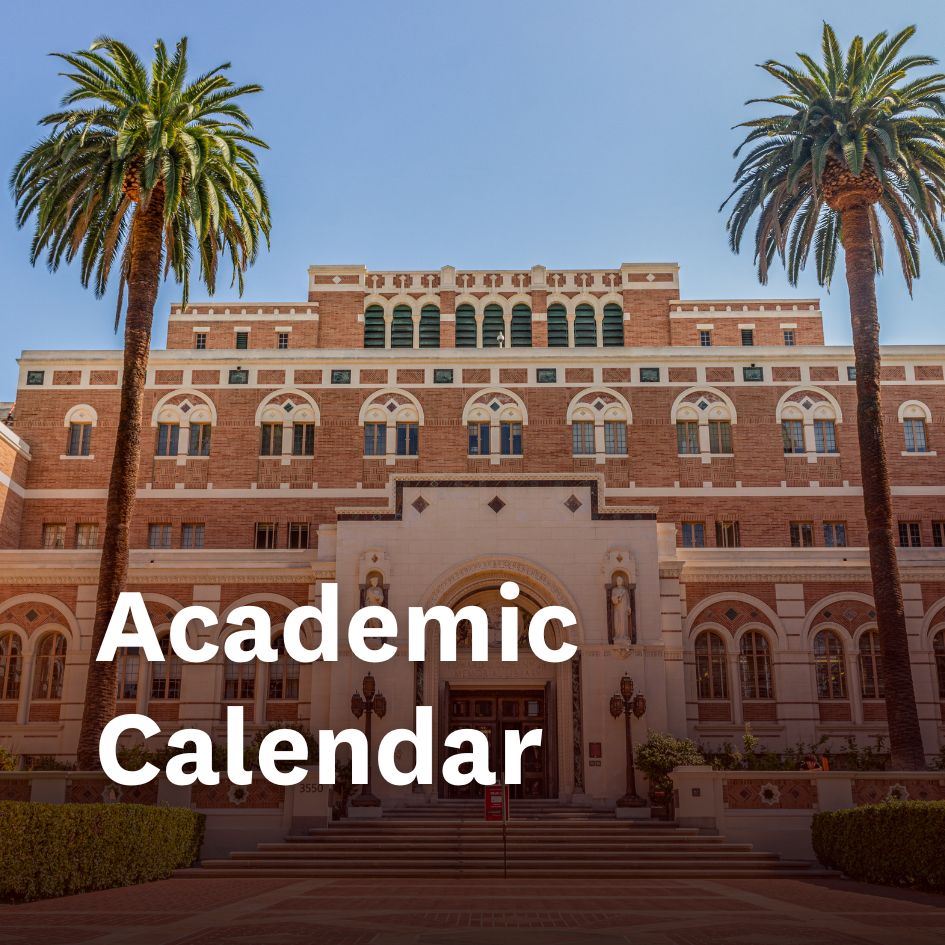Amy Forbes (JD 1984) uses creative thinking inspired by USC Gould to bring SoFi Stadium into reality
By Matthew Kredell
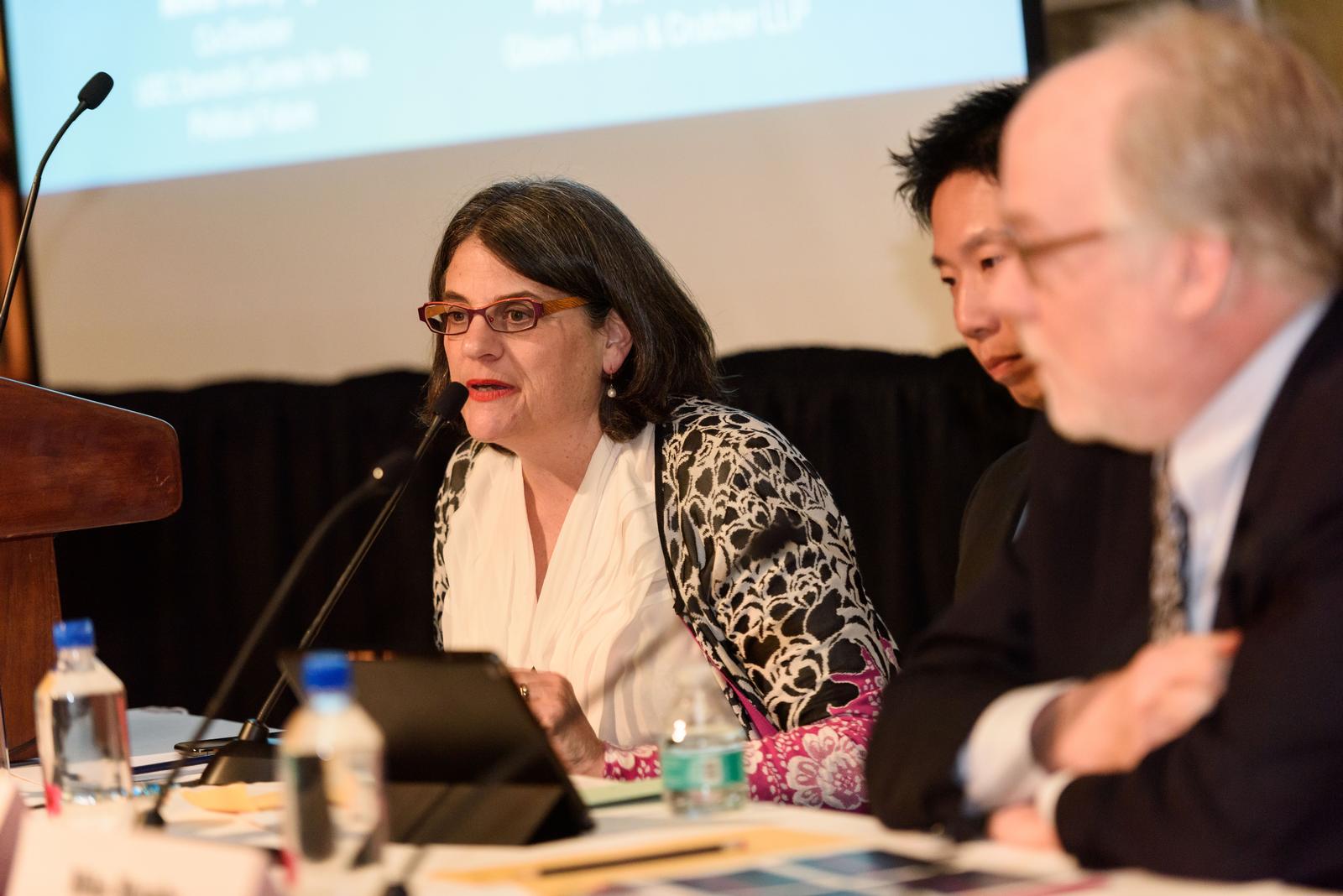 |
| Amy Forbes says a class she took with Professor Emeritus George Lefcoe changed the course of her career to land-use law.. |
Whether she is looking from Los Angeles’ next great landmark up to the sky on site or down from the sky on a plane, Amy Forbes (JD 1984) can’t help but be in awe of what she helped create.
For Forbes, the opening kickoff to the NFL season at SoFi Stadium in Inglewood will be the culmination of 16 years overcoming obstacles and coming up with creative solutions as lead counsel to an ever-evolving project.
“I didn’t realize how exhilarating a stadium could be as a piece of architecture,” Forbes says. “When you fly into LAX, you will see that stadium. It will become a recognizable landmark of Los Angeles.”
A partner at Gibson, Dunn & Crutcher, LLP where she has worked for 35 years, Forbes’ involvement with redeveloping Hollywood Park goes back to 2004, when she began work on turning the 238-acre racetrack property into a mixed-use development.
Approval on that project came in 2009, right as the market collapsed. Just finding financing for the project after the recession took utilizing the EB-5 Immigrant Investor Program promising a visa for investment in an under-resourced community.
Taking the initiative
Construction was nearly ready to begin in 2014 when Los Angeles Rams owner Stan Kroenke bought the adjacent 60-acre parking lot and broached the idea of a partnership to develop the full 300 acres.
With a decade invested into project and development finally on the horizon, changing the scale of the project seemed too complicated. Going through the approval process all over again would expose the development to lawsuits under the California Environmental Quality Act, which could cause another delay of up to five years, or longer.
The project only came to fruition because of Forbes’ creative plan to avoid legal delays by going through a voter-sponsored initiative rather than the conventional city approval process.
In order to do the initiative, Forbes and her team had to draft ordinances, rules and zoning enactments even before the stadium was designed. If there were mistakes or anything missing, that would have triggered the five-year delay.
“I’m really proud that five years later, we’re still going off that set of documents and haven’t found any major mistakes,” Forbes says. “I’ll tell you, when I dropped them off that night, it’s all I could think of.”
Lessons learned at Gould lead to success
After graduating from Princeton University with a degree in civil engineering, Forbes worked in management consulting after college, but found it uninspiring. Having spent her college summers working on Capitol Hill and on political campaigns, she was struck by the intersection of law and technology, particularly in the areas of urban design and transportation. Taking a class from USC Gould Professor Emeritus George Lefcoe changed the course of her career to a focus on land-use law. She credits Lefcoe, who retired in 2019 after 57 years at Gould, for what she was able to accomplish with the stadium project.
“My engagement with (the stadium project) was like a final exam of avoiding pitfalls and spotting issues in George’s class,” Forbes says. “So many little pieces had to come together to make it work, and I learned everything I needed about initiatives and referenda and land-use planning from George.”
Forbes stresses that many other people have contributed in the development of the stadium that will house the NFL’s Rams and Chargers. Included among them are another two alumni of USC Gould, Nate Goldstein (JD 2015), now counsel at SoFi Stadium and Hollywood Park, and Mike Szczurek (JD 2009), now a partner at Gibson Dunn.
This isn’t the first Los Angeles-area landmark Forbes has helped create – she also worked on Walt Disney Concert Hall – but she finds it particularly rewarding to work on such a complicated project.
“It was like a Rubik’s cube,” Forbes says. “It’s incredible now to go on site and see the tangible manifestation of something that was just a theoretical possibility five years ago.”
Forbes was also involved in helping to set up future construction of another sports facility in Inglewood. When she represented Los Angeles Clippers owner Steve Ballmer in his acquisition of the Forum for $400 million. While the Forum will remain a music venue, a condition of the sale was the resolution of litigation that will allow Ballmer to build a new 18,000-seat basketball arena for the Clippers.
The stadium is only the first phase of a massive 15-year development. Also planned for the project site are a 6,000-seat performance venue, 2,500 housing units, 890,000 square feet of shops and restaurants, 780,000 square feet of office space, a four-acre civic site, 25 acres of publicly accessible parks and open space and a 300-room hotel.
“We’re building a new town,” Forbes says. “This is an enormous undertaking – three-times the size of Century City. I’m really hopeful it is as transformative and positive for Inglewood as we hoped when it started. I’m excited it’s opening and looking forward to it fulfilling its overall promise of creating this wider range of opportunities for the city.”


